February 14, 2023 - Curiteva, a medical technology company focused on orthopedic implants, announced the launch of the first 3D printed PEEK implant to receive FDA 510(k) clearance, the Inspire Porous PEEK Cervical Interbody System with HAFUSE technology.
About the Inspire Porous PEEK Cervical Interbody System
The Inspire platform uses a fused filament manufacturing 3D printer, which was designed and fabricated by Curiteva. This breakthrough additive process creates an interconnected and integrated porous structure throughout the implant to facilitate osseointegration, improve radiographic evaluation and provide superior biomechanics. HAFUSEE nanotechnology surface treatment and novel porous PEEK structures complete the first-to-market combination, creating a hydrophilic, bioactive environment for cell attachment, proliferation and healing in preclinical animals and in vitro studies .
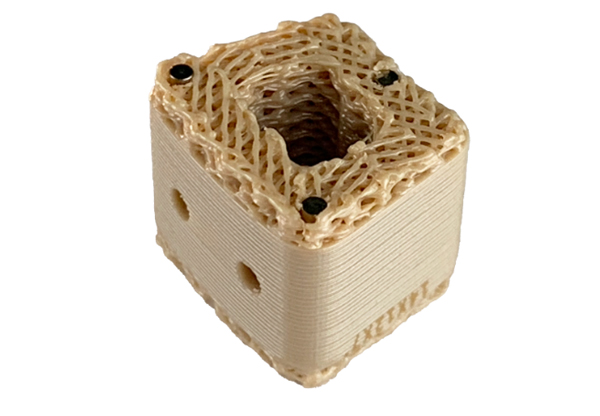
▲Inspire Porous PEEK 3D printed cervical fusion device
Eric Linder, co-founder and CTO of Curiteva, said the innovative 3D printing process has given rise to the unique Inspire implant, which incorporates an engineered lattice structure with interconnecting pores, demonstrating superior mechanical strength and achieving an elastic modulus that closely matches that of human cancellous bone.
Mike English, CEO, said, "Curiteva is pioneering 3D printing technology to print porous PEEK implants with bioactive surfaces to transform the way implant biomaterials enhance healing and improve patient prognosis. The company is in a key nexus position to control the product development process for both traditional implants and 3D printed devices, from the start of production to commercialization and scale up to meet market demand."
About Inspire™ Porous PEEK HAFUSE Technology
(1) Design principle
The benefit of PEEK in that the modulus of elasticity is matched to cancellous bone and radiographic transmissibility, allowing the physician to accurately assess fusion status over time.
A 3D printer for fused wire manufacturing, complete with interconnected porous structures mimicking natural bone, for the entire implant design.
The HAFUSE (hydroxyapatite) surface nanotexture is designed to promote faster enhanced osseointegration.
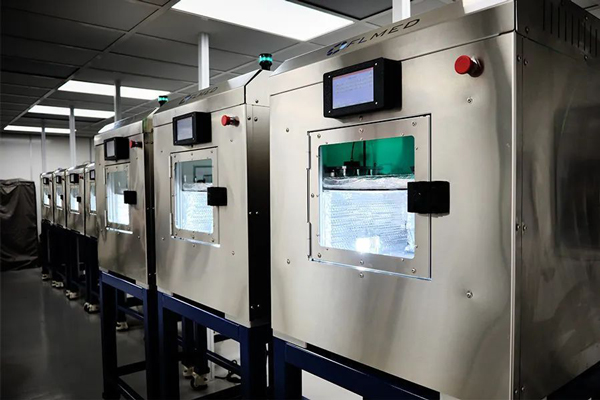
(2) Material comparison
The Inspire lattice architecture has the flexibility to reduce the overall stiffness and prevent stress shielding by matching the elastic modulus of the cancellous bone.
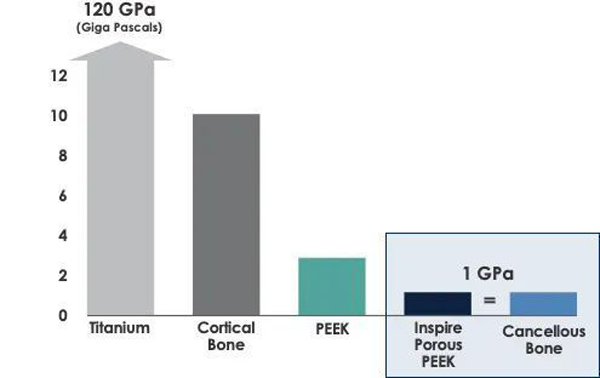
(3)Implant structure
Fused Filament Fabrication (FFF) technology to create a new porous scaffold structure that mimics natural human bone.
Porosity of seamless interconnections.
Pore size distribution between 100 and 600 microns to promote bone conduction.
Diamond-shaped pores (triple periodic small surfaces, TPMS), documented in the literature as having excellent biomechanical and biological properties.
Micron-level surface roughness presenting a hydrophilic surface, promoting bone attachment and enhancing osseointegration.
HAFUSE surface nanotexturing simulates physiological bone.

(4)HAFUSE Promotes osseointegration and osteogenesis
HA can be seamlessly integrated into the implant surface throughout the structure.
A nano-textured surface that allows the bone to be fixed directly to the surface of the implant, resulting in superior mechanical stability.
Physiological osteoid structures promote osteogenesis and immunomodulation to form regenerative bone, thereby facilitating faster enhanced osseointegration between implant and bone tissue.
Apium Printed PEEK Cervical Spine Prosthesis
Due to the large individual differences in the shape of the human cervical spine, a fusion of the same size is often difficult to meet clinical needs and requires a different fusion to fit. The Apium BioPEEK 3D printer can customize PEEK cervical spine prosthesis by individual needs!
▲Apium3D 打印PEEK椎体假体
Bio PEEK 3D Printer
▲Apium Bio PEEK 3D Printer
The Apium Bio PEEK 3D printeris a 3D printer designed for the manufacture of medical products and PEEK implants. Personalized orthopedic implants can be produced by 3D printing to meet clinical and scientific needs (material engineering, biological tissue engineering).
Personalized PEEK implants
▲Apium prints personalized PEEK implants
PEEK implants printed with the Apium BioPEEK 3D printer have excellent biosafety, histocompatibility, and a good osteoinductive, porous structure on the surface that facilitates fusion growth of bone.
For patients with bone defects or bone deformities caused by tumors, trauma, or disease, traditional standardized medical implants often fail to meet the requirements due to the wide variation in individuality and degree of disease. Therefore, the use of bio-grade polyether ether ketone (PEEK) material as raw material, using 3D printing technology, to quickly customize personalized, high-performance orthopedic implants to meet the immediate needs of patients. We have a complete set of data analysis and personalized solutions for 3D printed PEEK implants, so feel free to ask us if you need them. Article source: Bone Future!



























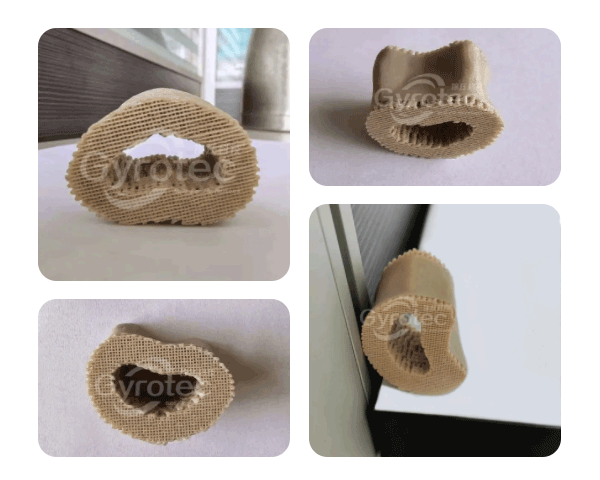
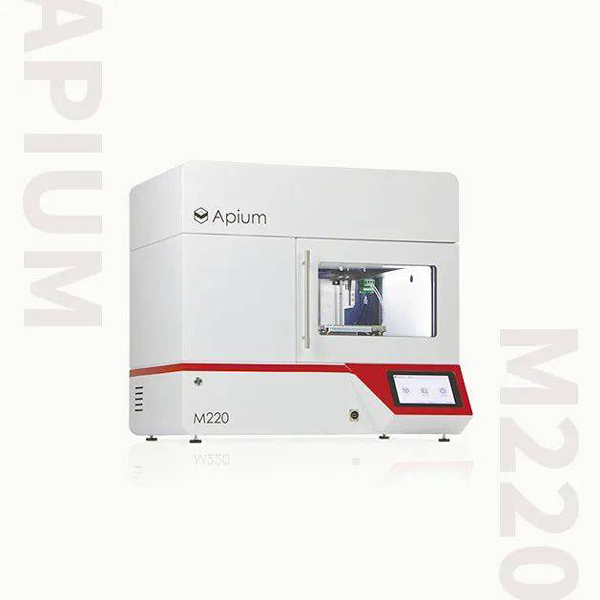
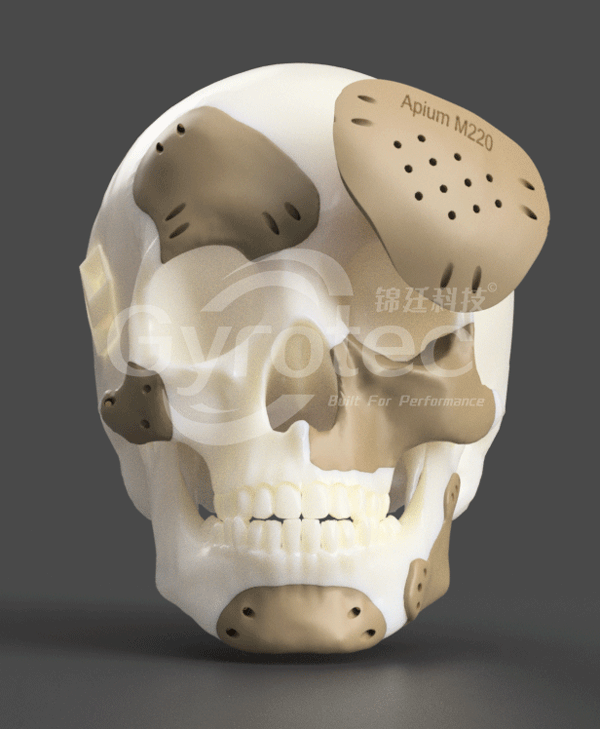
 Home
Home Telephone
Telephone Message
Message







